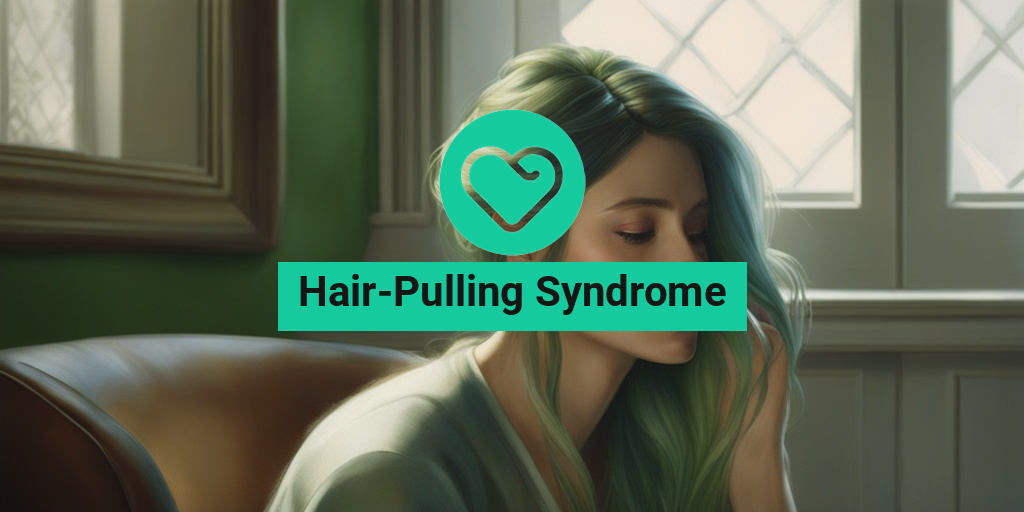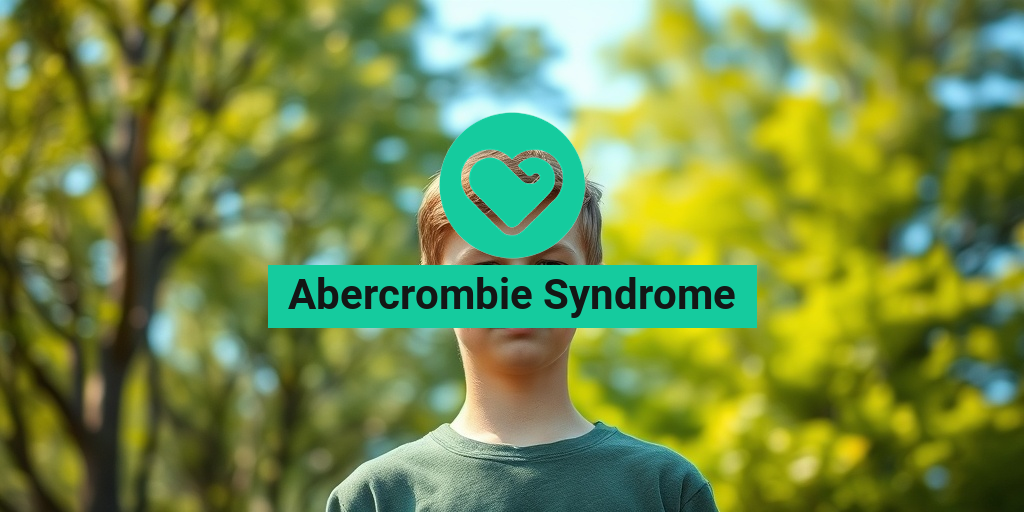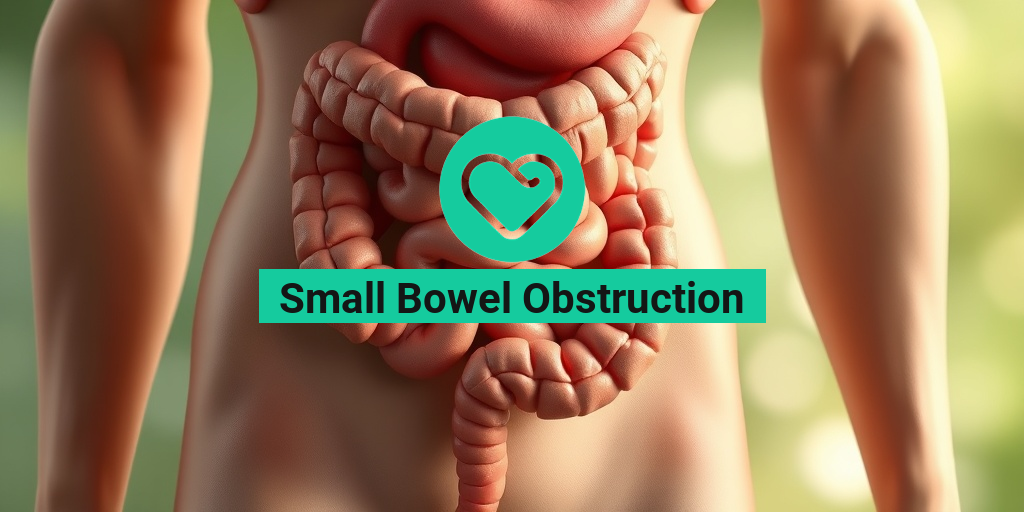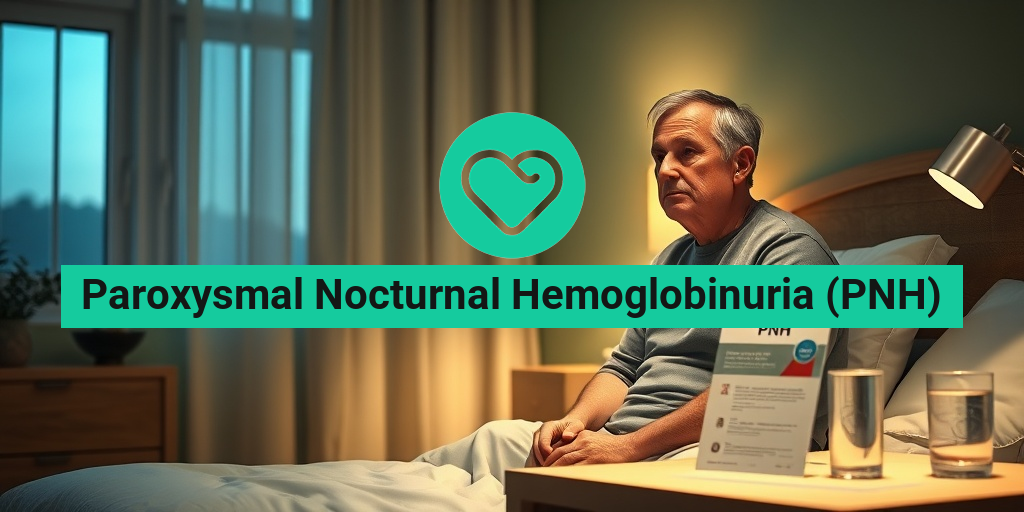“`html
What Is Hair-Pulling Syndrome?
Hair-Pulling Syndrome, clinically known as trichotillomania, is a mental health condition characterized by the compulsive urge to pull out one’s own hair. This disorder can affect any area of the body where hair grows, including the scalp, eyebrows, and eyelashes. While it may seem like a harmless habit, it can lead to significant emotional distress and physical damage.
Understanding Trichotillomania
Trichotillomania is classified as a body-focused repetitive behavior (BFRB), similar to nail-biting or skin-picking. It often begins in childhood or adolescence, but it can persist into adulthood. The exact cause of hair-pulling syndrome is not fully understood, but it is believed to involve a combination of genetic, environmental, and psychological factors.
Hair-Pulling Disorder and Its Connection to OCD
Many people wonder if hair-pulling syndrome is related to obsessive-compulsive disorder (OCD). While they share some similarities, such as the presence of compulsive behaviors, trichotillomania is classified separately in the DSM-5 (Diagnostic and Statistical Manual of Mental Disorders, Fifth Edition). Individuals with trichotillomania may pull hair as a way to cope with stress or anxiety, rather than as a response to intrusive thoughts, which is more characteristic of OCD.
Symptoms of Hair-Pulling Syndrome
The symptoms of hair-pulling syndrome can vary widely among individuals, but they generally include both physical and emotional components. Recognizing these symptoms is crucial for early intervention and treatment.
Physical Symptoms
- Hair Loss: Noticeable bald patches or thinning hair in areas where pulling occurs.
- Skin Irritation: Redness, sores, or infections on the scalp or skin where hair has been pulled.
- Hair Texture Changes: Changes in the texture of remaining hair, which may become brittle or damaged.
Emotional Symptoms
- Compulsive Behavior: An overwhelming urge to pull hair, often accompanied by a sense of tension before pulling and relief afterward.
- Shame and Guilt: Feelings of embarrassment or guilt about the behavior, which can lead to social withdrawal.
- Stress and Anxiety: Increased levels of stress or anxiety, which may trigger hair-pulling episodes.
Impact on Daily Life
Hair-pulling syndrome can significantly impact an individual’s daily life. It may interfere with personal relationships, work, and self-esteem. Many individuals find themselves hiding their hair loss or avoiding social situations due to embarrassment. This can lead to feelings of isolation and depression.
Seeking Help
If you or someone you know is struggling with hair-pulling syndrome, it’s essential to seek help. Treatment options may include therapy, such as cognitive-behavioral therapy (CBT), which has been shown to be effective in managing symptoms. Additionally, support groups and resources like Yesil Health AI can provide valuable information and support for those affected by this disorder.
In conclusion, understanding hair-pulling syndrome is the first step toward addressing it. By recognizing the symptoms and seeking appropriate treatment, individuals can work towards managing their condition and improving their quality of life. Remember, you are not alone in this journey! 🌟
“`

“`html
Causes and Triggers of Hair-Pulling Syndrome
Hair-Pulling Syndrome, also known as trichotillomania, is a complex condition that can stem from various causes and triggers. Understanding these factors is crucial for effective management and treatment. Let’s explore some of the primary causes and triggers associated with this disorder.
Psychological Factors
Many individuals with hair-pulling syndrome often experience underlying psychological issues. These can include:
- Stress and Anxiety: High levels of stress or anxiety can lead to compulsive behaviors, including hair pulling. Many people find themselves pulling hair as a way to cope with overwhelming feelings.
- Depression: Feelings of sadness or hopelessness can also trigger hair-pulling episodes. The act may provide temporary relief from emotional pain.
- Obsessive-Compulsive Disorder (OCD): Hair pulling can be a manifestation of OCD, where individuals feel compelled to engage in repetitive behaviors to alleviate anxiety.
Environmental Triggers
Environmental factors can also play a significant role in triggering hair-pulling behaviors. These may include:
- Life Changes: Major life transitions, such as moving to a new city, starting a new job, or experiencing a breakup, can trigger hair-pulling episodes.
- Social Situations: Interactions with others, especially in stressful or uncomfortable settings, can lead to increased hair-pulling urges.
- Physical Discomfort: Some individuals may pull hair in response to physical sensations, such as itchiness or irritation on the scalp.
Genetic and Biological Factors
Research suggests that genetic predisposition may also contribute to hair-pulling syndrome. Individuals with a family history of similar disorders may be at a higher risk. Additionally, certain neurological factors, such as imbalances in brain chemicals like serotonin, may influence the development of trichotillomania.
Risk Factors for Hair-Pulling Syndrome
Identifying risk factors can help in understanding who may be more susceptible to developing hair-pulling syndrome. Here are some key risk factors to consider:
Age and Gender
Hair-pulling syndrome can affect individuals of all ages, but it is most commonly observed in:
- Children and Adolescents: Many cases begin during childhood or adolescence, often coinciding with significant life changes or stressors.
- Gender: Studies indicate that women are more likely to be affected by hair-pulling syndrome than men, although men can also experience this disorder.
Co-occurring Disorders
Individuals with hair-pulling syndrome often have other mental health conditions, which can increase the risk of developing this disorder. Common co-occurring disorders include:
- Attention-Deficit/Hyperactivity Disorder (ADHD): There is a notable correlation between ADHD and hair-pulling behaviors, as impulsivity can lead to compulsive actions.
- Other Anxiety Disorders: Those with generalized anxiety disorder or social anxiety may be more prone to hair pulling as a coping mechanism.
Family History
A family history of hair-pulling syndrome or other related disorders can significantly increase the likelihood of developing trichotillomania. If a close relative has experienced similar issues, it may indicate a genetic vulnerability.
Personality Traits
Certain personality traits may also contribute to the risk of hair-pulling syndrome. Individuals who are:
- Perfectionists: Those with perfectionistic tendencies may engage in hair pulling as a way to cope with feelings of inadequacy.
- Highly Sensitive: Individuals who are more sensitive to sensory input may find themselves pulling hair in response to overwhelming stimuli.
Understanding the causes and risk factors associated with hair-pulling syndrome is essential for effective treatment and management. If you or someone you know is struggling with this condition, seeking professional help can make a significant difference in finding relief and regaining control. 🌟
“`
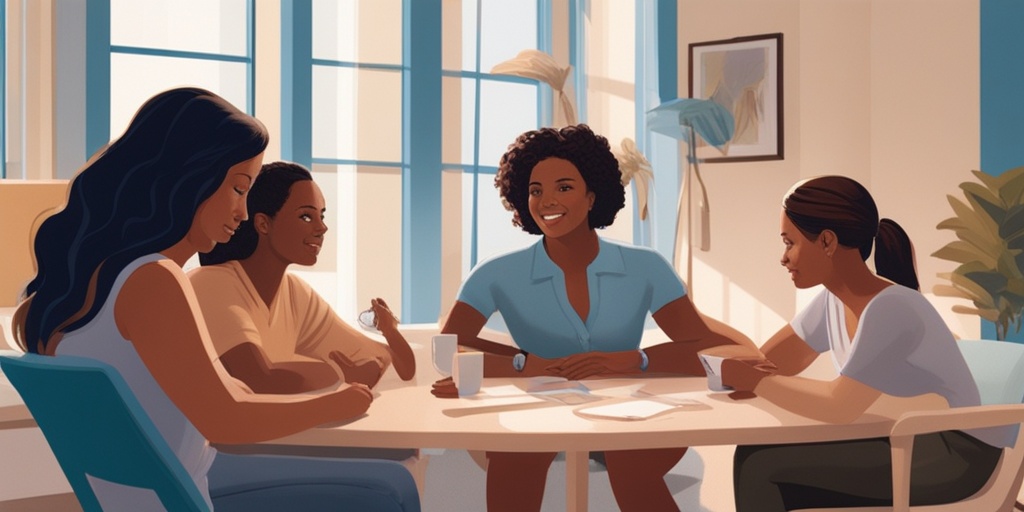
“`html
Diagnosis of Hair-Pulling Syndrome
Hair-Pulling Syndrome, clinically known as trichotillomania, is a mental health condition characterized by the compulsive urge to pull out one’s hair, leading to noticeable hair loss. Diagnosing this disorder can be complex, as it often overlaps with other mental health issues, such as Obsessive-Compulsive Disorder (OCD) and anxiety disorders. Understanding the diagnostic process is crucial for effective treatment.
Understanding the Symptoms
The first step in diagnosing Hair-Pulling Syndrome is recognizing its symptoms. Individuals may experience:
- Recurrent hair pulling: This can occur from the scalp, eyebrows, eyelashes, or other body areas.
- Noticeable hair loss: This can lead to bald patches or thinning hair.
- Preoccupation with hair pulling: Many individuals find themselves thinking about hair pulling frequently.
- Attempts to stop: Despite wanting to stop, individuals often find it challenging to control the urge.
- Emotional distress: Hair pulling can lead to feelings of shame, guilt, or embarrassment.
Diagnostic Criteria
According to the DSM-5 (Diagnostic and Statistical Manual of Mental Disorders, Fifth Edition), the diagnosis of Hair-Pulling Syndrome requires meeting specific criteria:
- The recurrent pulling out of one’s hair, resulting in hair loss.
- The hair pulling is not attributable to another medical condition (e.g., alopecia areata).
- The behavior causes significant distress or impairment in social, occupational, or other important areas of functioning.
To ensure an accurate diagnosis, mental health professionals may conduct interviews, questionnaires, and behavioral assessments. They may also explore any co-occurring conditions, such as ADHD or anxiety disorders, which can complicate the diagnosis.
Seeking Professional Help
If you or someone you know is struggling with hair pulling, it’s essential to seek help from a qualified mental health professional. They can provide a comprehensive evaluation and tailor a treatment plan that addresses the unique needs of the individual. Early diagnosis can lead to better outcomes and improved quality of life.
Treatment Options Available
Treating Hair-Pulling Syndrome often requires a multifaceted approach, combining therapy, medication, and support. Understanding the available treatment options can empower individuals to take control of their condition.
Therapeutic Approaches
Several therapeutic methods have shown effectiveness in treating Hair-Pulling Syndrome:
- Cognitive Behavioral Therapy (CBT): This is one of the most effective treatments for trichotillomania. CBT helps individuals identify triggers and develop coping strategies to manage urges.
- Habit Reversal Training: This technique involves becoming more aware of the hair-pulling behavior and replacing it with a less harmful action.
- Acceptance and Commitment Therapy (ACT): ACT encourages individuals to accept their thoughts and feelings rather than fighting against them, promoting psychological flexibility.
Medication Options
While therapy is often the first line of treatment, some individuals may benefit from medication. Commonly prescribed medications include:
- Selective Serotonin Reuptake Inhibitors (SSRIs): These antidepressants can help reduce symptoms of anxiety and depression that may accompany hair pulling.
- N-acetylcysteine (NAC): This supplement has shown promise in reducing hair-pulling behaviors in some studies.
- Other medications: In some cases, other psychiatric medications may be prescribed based on individual needs.
Support and Resources
Support groups and online communities can provide valuable resources for individuals struggling with Hair-Pulling Syndrome. Connecting with others who share similar experiences can foster a sense of belonging and understanding. Websites like Reddit have dedicated threads where individuals discuss their experiences, share coping strategies, and offer support.
In addition, educational resources from mental health organizations can provide further information on managing trichotillomania. Remember, you are not alone in this journey, and help is available! 🌟
“`

“`html
Home Remedies and Coping Strategies
Living with Hair-Pulling Syndrome, also known as trichotillomania, can be challenging. However, there are several home remedies and coping strategies that can help manage the symptoms effectively. Here are some practical approaches you can consider:
1. Identify Triggers
Understanding what triggers your hair-pulling urges is crucial. Keep a journal to note when and where you pull your hair. This can help you identify patterns and situations that lead to the behavior. Common triggers include:
- Stress or anxiety
- Boredom or restlessness
- Fatigue or lack of sleep
- Emotional distress or sadness
2. Create a Hair-Pulling Prevention Plan
Once you identify your triggers, develop a plan to avoid them. This might include:
- Engaging in alternative activities when you feel the urge to pull, such as squeezing a stress ball or fidgeting with a toy.
- Practicing mindfulness or meditation to help reduce anxiety and improve focus.
- Setting specific goals for reducing hair-pulling episodes, such as limiting the behavior to certain times of the day.
3. Use Physical Barriers
Sometimes, a simple physical barrier can help reduce hair-pulling. Consider:
- Wearing gloves or bandages on your fingers to make pulling more difficult.
- Styling your hair in a way that makes it less accessible, such as braiding or tying it up.
- Using a headband or scarf to cover your hair, which can serve as a reminder to avoid pulling.
4. Engage in Relaxation Techniques
Incorporating relaxation techniques into your daily routine can significantly reduce the urge to pull hair. Some effective methods include:
- Deep breathing exercises to calm your mind and body.
- Yoga or gentle stretching to relieve tension.
- Progressive muscle relaxation to help you become more aware of your body and its sensations.
5. Seek Support
Connecting with others who understand your struggles can be incredibly beneficial. Consider:
- Joining a support group for individuals with hair-pulling disorder.
- Talking to friends or family members about your experiences and feelings.
- Engaging in online forums or communities, such as those found on Reddit, where you can share your journey and learn from others.
Living with Hair-Pulling Syndrome
Living with Hair-Pulling Syndrome can feel isolating, but understanding the condition and finding ways to cope can make a significant difference. Here are some insights into managing life with this disorder:
Understanding the Condition
Hair-Pulling Syndrome is classified as a mental health disorder, often associated with obsessive-compulsive disorder (OCD). It involves recurrent, irresistible urges to pull out hair from various parts of the body, leading to noticeable hair loss. Recognizing that this is a medical condition can help reduce feelings of shame or guilt.
Developing a Routine
Establishing a daily routine can provide structure and stability, which is essential for managing symptoms. Consider incorporating:
- Regular exercise to boost mood and reduce stress.
- Healthy eating to support overall well-being.
- Consistent sleep patterns to improve mental clarity and emotional regulation.
Professional Help
While home remedies and coping strategies can be effective, seeking professional help is often necessary. A mental health professional can provide:
- Cognitive-behavioral therapy (CBT), which is particularly effective for treating hair pulling disorder.
- Medication options that may help manage symptoms.
- Support and guidance tailored to your specific needs.
Embracing Self-Compassion
Finally, it’s essential to practice self-compassion. Understand that recovery is a journey, and setbacks may occur. Celebrate small victories and be kind to yourself throughout the process. Remember, you are not alone in this struggle, and there is hope for a brighter future. 🌈
“`
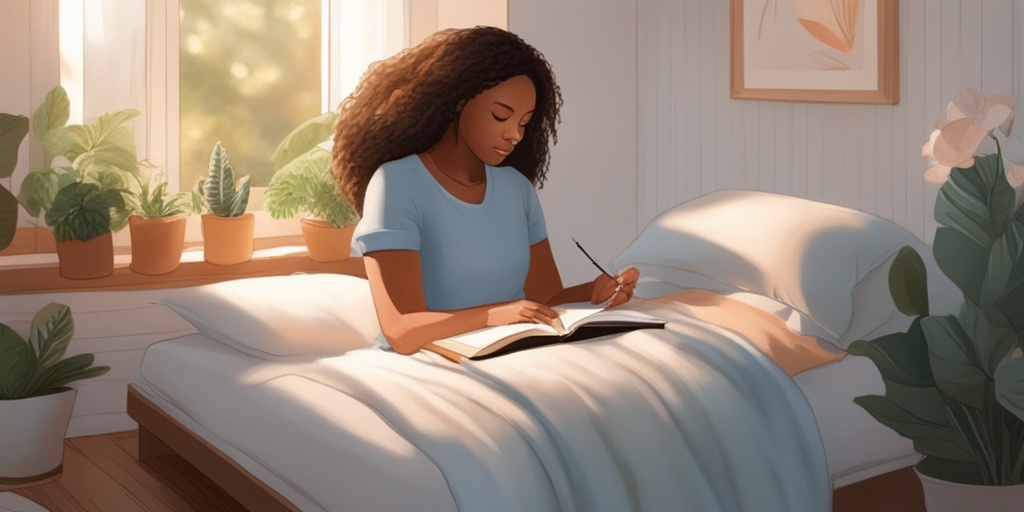
“`html
Frequently Asked Questions about Hair-Pulling Syndrome
What is Hair-Pulling Syndrome?
Hair-Pulling Syndrome, also known as Trichotillomania, is a mental health disorder characterized by the compulsive urge to pull out one’s hair, leading to noticeable hair loss. This condition can affect various areas of the body, including the scalp, eyebrows, and eyelashes.
What are the causes of Hair-Pulling Disorder?
The exact causes of hair pulling disorder are not fully understood, but several factors may contribute, including:
- Genetic predisposition: A family history of similar disorders may increase the risk.
- Environmental factors: Stressful life events or trauma can trigger symptoms.
- Psychological factors: Conditions such as anxiety, depression, or obsessive-compulsive disorder (OCD) may be linked to hair pulling.
How is Hair-Pulling Disorder diagnosed?
Diagnosis of hair pulling disorder typically involves a thorough evaluation by a mental health professional. The DSM-5 criteria for Trichotillomania include:
- Recurrent hair pulling resulting in hair loss.
- Repeated attempts to decrease or stop hair pulling.
- Hair pulling causes significant distress or impairment in social, occupational, or other areas of functioning.
What are the treatment options for Hair-Pulling Disorder?
Treatment for hair pulling syndrome may include:
- Cognitive Behavioral Therapy (CBT): This therapy helps individuals identify triggers and develop coping strategies.
- Medications: Certain medications, such as selective serotonin reuptake inhibitors (SSRIs), may be prescribed to help manage symptoms.
- Support groups: Connecting with others who experience similar challenges can provide emotional support and practical advice.
Can Hair-Pulling Disorder occur in toddlers?
Yes, hair pulling disorder in toddlers can occur, although it is less common. Early intervention is crucial to address the behavior and prevent it from becoming a long-term issue.
Is there a link between Hair-Pulling Disorder and ADHD?
Some studies suggest a potential link between hair pulling disorder and Attention Deficit Hyperactivity Disorder (ADHD). Individuals with ADHD may be more prone to impulsive behaviors, including hair pulling.
How can I support someone with Hair-Pulling Syndrome?
If you know someone struggling with hair pulling disorder, consider the following ways to offer support:
- Listen without judgment and encourage open communication.
- Help them seek professional help if they haven’t already.
- Educate yourself about the disorder to better understand their experiences.
Where can I find more information about Hair-Pulling Disorder?
For more information, consider visiting reputable mental health websites, joining support groups, or consulting with a mental health professional who specializes in hair pulling syndrome.
“`

